We’ve been warned about Aswan’s ‘little crocodiles’ – and it’s not long before they make their appearance. Gliding through the water, sleek bodies shining in the sun, they circle the felucca slowly, eyes glinting with curiosity. As only a handful of tourists currently exploring the Nile, we’re the exotic species – and potential rich pickings at that. ‘A dollar, please, a dollar, please,’ cries the ringleader, stretching out a hand from his paddleboard as another breaks into an off-key rendition of the Macarena. ‘Lovely jubbly,’ grins a third, pocketing a scrunched up note with appreciation.
These are not the river’s feared reptiles, of course, which used to dominate the Nile but now exist in small clusters around Lake Nasser, but youngsters who make a living charming the 13 million or so tourists who arrive in Egypt each year. Or used to, that is. Covid has not been kind to this country, which has seen visitor numbers – not to mention essential revenue – plummet since the beginning of the pandemic. Two years on and many hotels stand half empty, restaurants remain shuttered, and the most popular ancient monuments are still noticeably free from their usual crowds. Even the Nile, home in high season to around 360 cruisers, currently has just 55 boats chugging their way between the treasures of Luxor and Aswan. But Egyptians are hoping all that is about to change.
For 2022 marks two significant anniversaries – the decoding of the Rosetta Stone 200 years ago and the centenary of Howard Carter’s discovery of Tutankhamun’s tomb – as well as heralding some impressive openings, not least the £850 million Grand Egyptian Museum, the future resting place of Tutankhamun’s riches. Also hitting cinemas today is the latest – and long-delayed – film adaptation of Agatha Christie’s Death on the Nile, featuring A-listers Kenneth Branagh as Hercule Poirot and Gal Gadot as the spoilt heiress Linnet Ridgeway. Though the movie wasn’t filmed on location (for logistical reasons, Morocco, Surrey’s Longcross Studios and, er, the Cotswold Water Park near Swindon were roped in), its release will provide Egypt with a bumper run of free publicity – and, its tourist board must dream, the return of those much-needed sightseers.
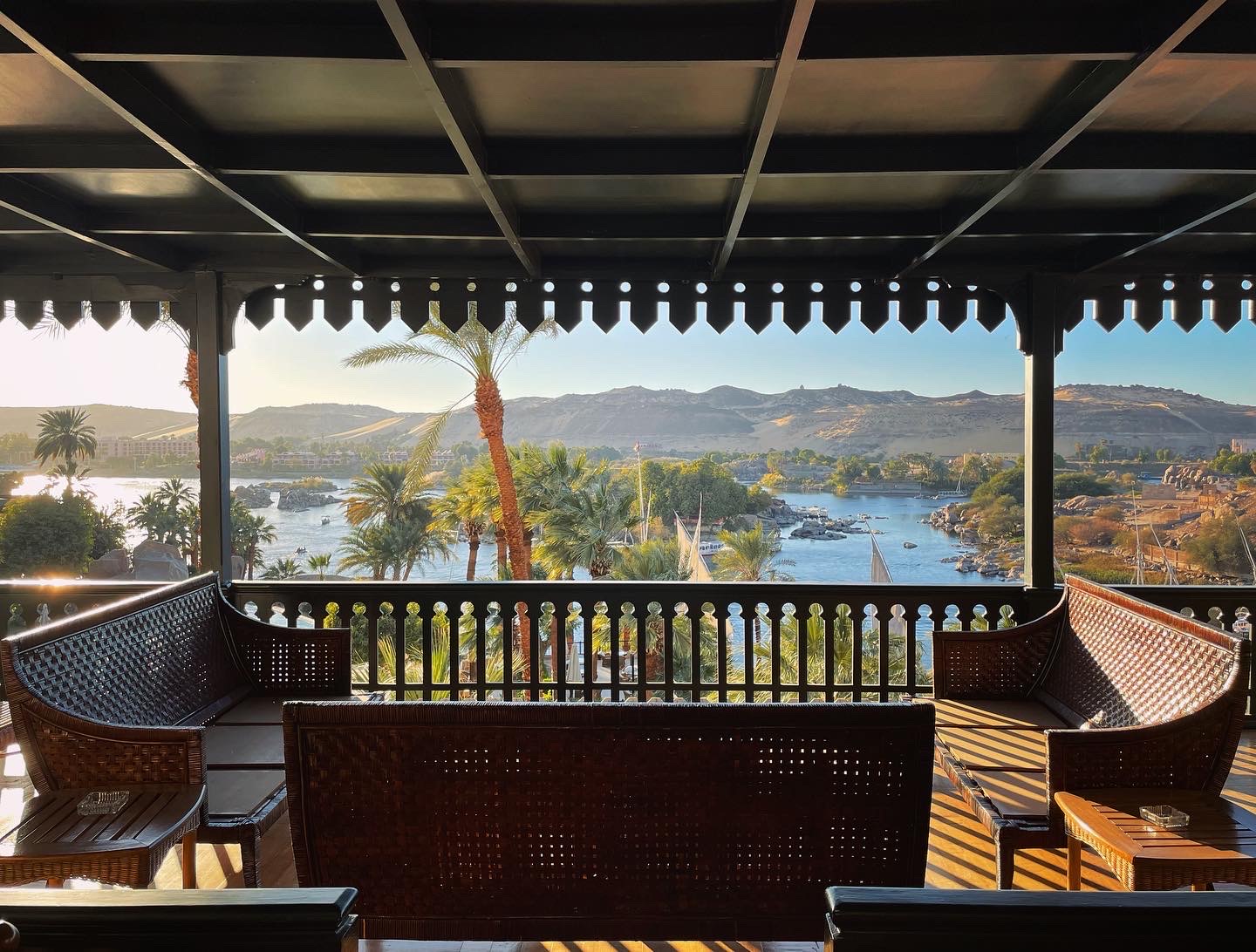
Following in Christie’s fêted footsteps usually means a trip on the SS Sudan, the same steamboat the author travelled by in 1933 and the inspiration for the blood-soaked SS Karnak (though it has been lovingly and extensively remodelled since then). But 2022 has also brought other ships to die for. One of the newest, and most luxurious, is Uniworld’s the SS Sphinx, which we joined in Luxor for a leisurely six-day cruise to Aswan – and a rather more hurried overnight journey back again. (The trip’s usual 12-day itinerary also takes in Cairo’s Egyptian Museum and the Pyramids at Giza.) Our suite, one of 42, with a French balcony almost on a level with the Nile, was spacious and comfortable, full of Egyptian cotton, beaded brass lamps and wooden furniture, flecked with precious metals and finished with mother-of-pearl. There is a gold-ceilinged bar-cum-meeting-room – this is the land of the pharaohs after all – a small spa and an even smaller shop, selling scarab beetle necklaces and ankh bracelets to passengers too lazy, or wary, to take on the wily market traders. Like many Nile cruise ships, there’s a swimming pool on deck – though few of our fellow passengers were brave enough to venture into it during the (what the crew insisted was unseasonal) mid-January chill.

The food, a mix of western and Middle Eastern cuisine, is a knockout: fresh fruits, cereals and eggs come breakfast, a buffet of hummus, chicken kebabs and fattoush salads for lunch, and an ever-changing à la carte dinner, with waiters confused, then worried, if you don’t order – and finish – all four courses. Even a fancy high tea in the grounds of the Old Cataract hotel – in which Christie wrote Death on the Nile and where you can still stay in her suite, now named after her – couldn’t touch chef Hamdy’s flaky baklava, rich sweets and cloud-like mousses. Little wonder then that there’s also a gym on board, plus yoga, Zumba and other exercise classes daily.
When we weren’t eating, we were touring – and there is plenty to be looked at. (‘In Europe you have a saying – NABC, not another bloody church,’ remarked our Egyptologist Hatem Abdl Aziz wryly. ‘Here in Egypt we have our own, NABT – not another bloody temple.’) There are early morning excursions, all expertly led by Hatem, to Karnak in Luxor, a bewildering complex of hieroglyphic-covered kiosks, statues and obelisks dating from around 2055 BC; to Hathor at Dendera, with its pharaoh-headed columns and intricately coloured blue ceiling; and Kom Ombo, the sprawling home to two gods and 300 mummified crocodiles. Best of all is a stop at Philae, the ancient centre for the cult of Isis, lovingly moved piece by piece to nearby Agilika Island in the 1960s after the building of the Aswan Dam saw its original site flooded. Peering closely at the carved gods covering the walls, you notice their faces have been chipped away, their hands and feet slashed with chisels – an act of vandalism by early Christians, who later saw their own crosses defaced by Muslim settlers.
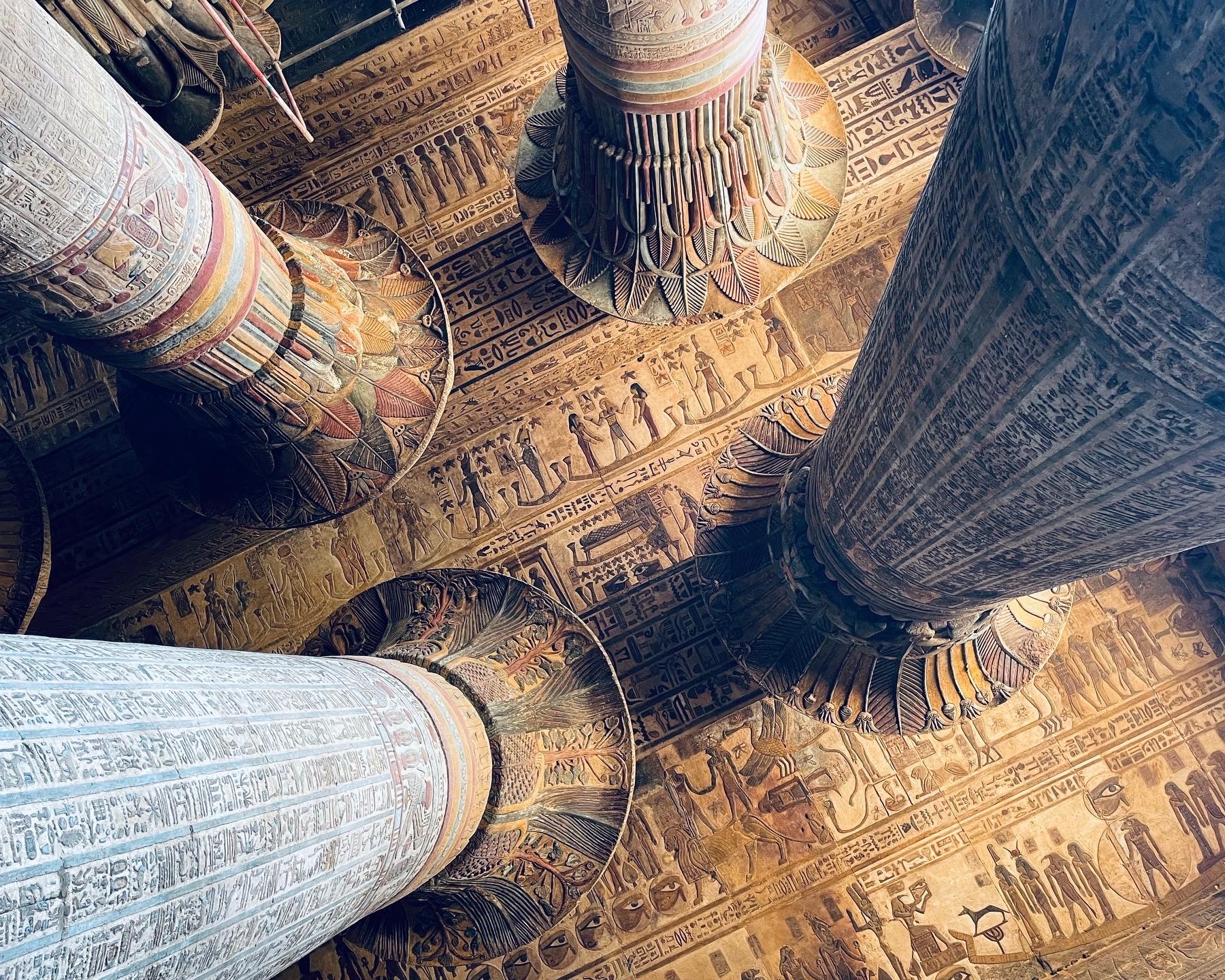
A visit to the Valley of the Kings, on Luxor’s West Bank, is for many one of those bucket list moments, though we see it first from the air via hot air balloon rather than the usual trudging over and underground. A 4am wake-up call, and a dose of strong Turkish coffee later, and suddenly we’re floating above the dusty Temple of Hatshepsut, the sunrise lighting up the Nile and its lush delta behind us, the call to prayer echoing across the water. Back on land and standing in the tomb of Tutankhamun, gazing at the 3,300-year-old boy pharaoh’s wizened, mummified face and tiny feet, and listening to the selfie-manoeuverings of other tourists, and you suddenly get a shiver as the past and present collide. Even the old timers who’ve visited the valley several times before seemed awed.
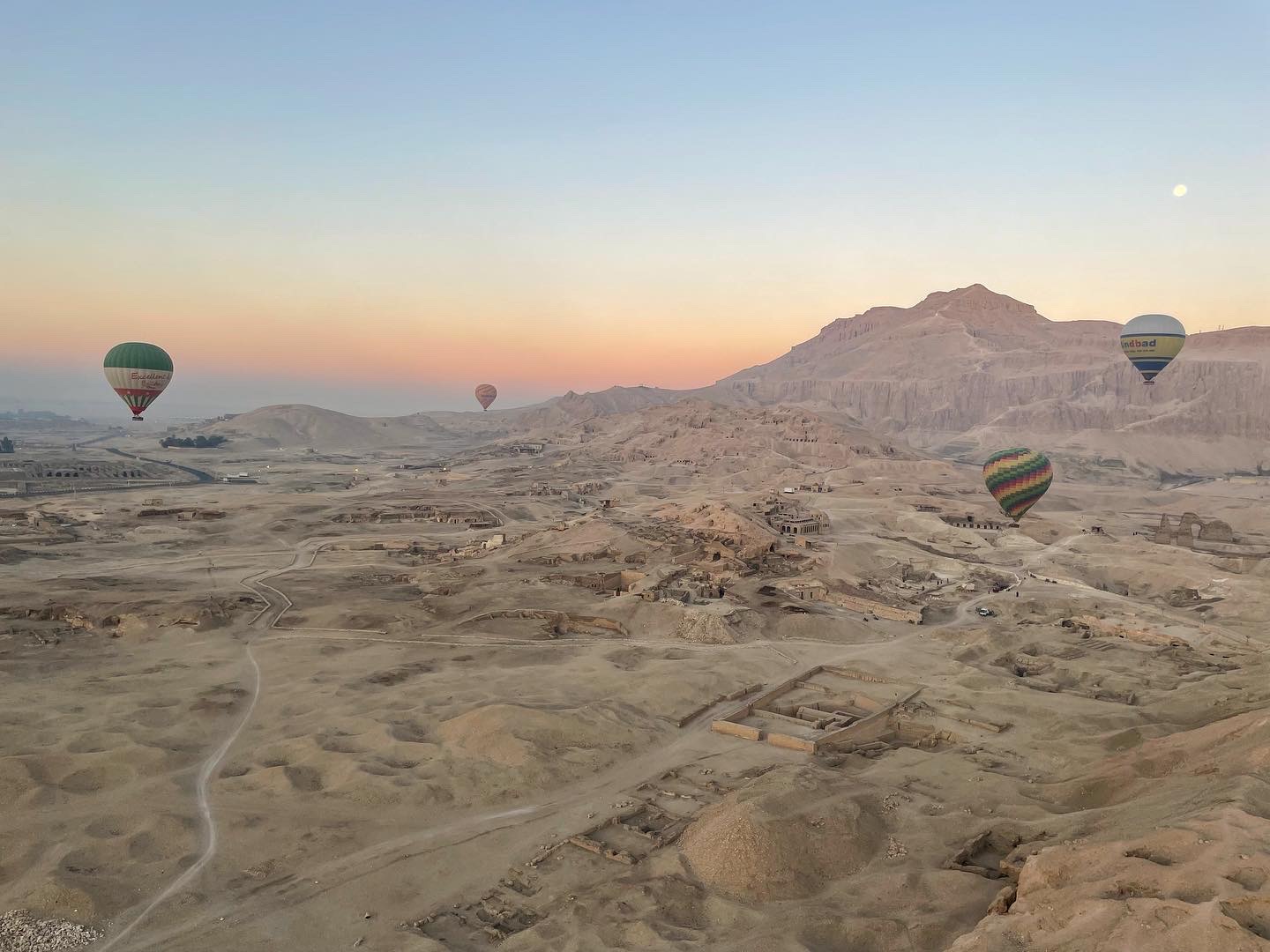
In her autobiography, published posthumously, Agatha Christie wrote of her first trip to Egypt as a teenager – and her disinterest in Luxor’s great sights: ‘The wonders of antiquity were the last thing I cared to see, and I am very glad [my mother] did not take me… How it would have spoilt them for me if I had seen them then with unappreciative eyes. There is no greater mistake in life than seeing things or hearing them at the wrong time.’ Still-quiet iconic temples, pharaonic riches and an Egypt gearing up for a bumper year – take it (loosely) from Agatha: there really is no better time to go.
Uniworld’s 12-day ‘Splendors of Egypt and the Nile’ trip, which includes a seven-night cruise on the SS Sphinx, four nights at the Four Seasons Nile Plaza in Cairo and return flights from London Heathrow, costs from £3,999 per person, based on two people sharing. Meals, some drinks, offshore excursions, airport transfers and onboard gratuities are all included. For more information, ring 0808 168 9110 or visit www.uniworld.com

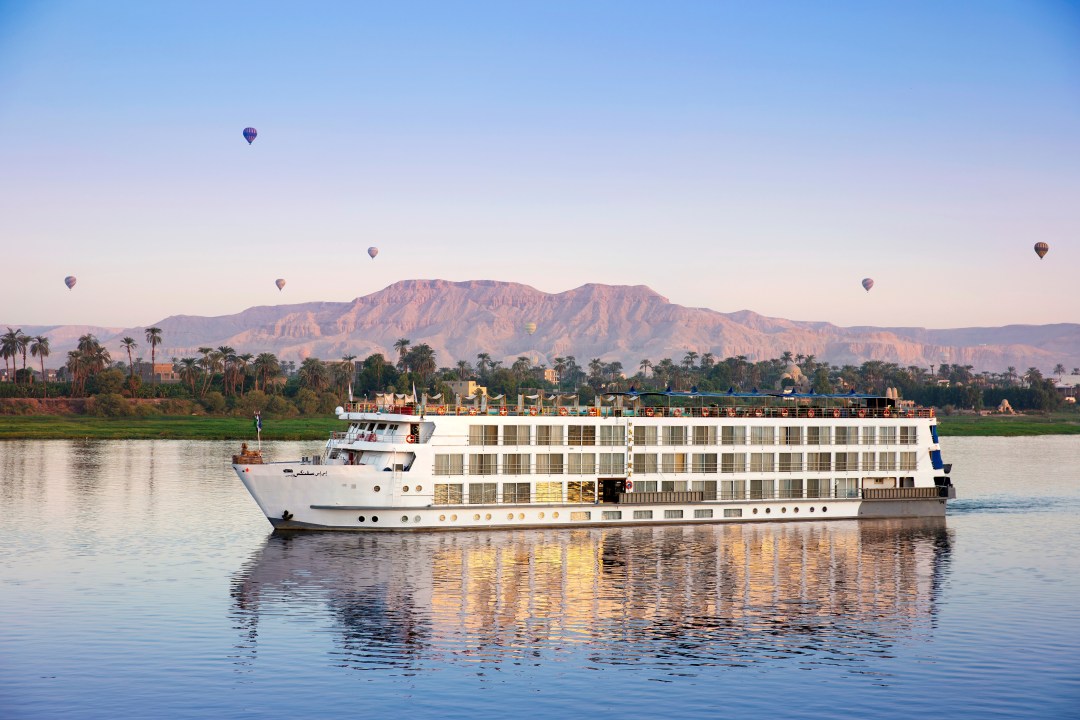
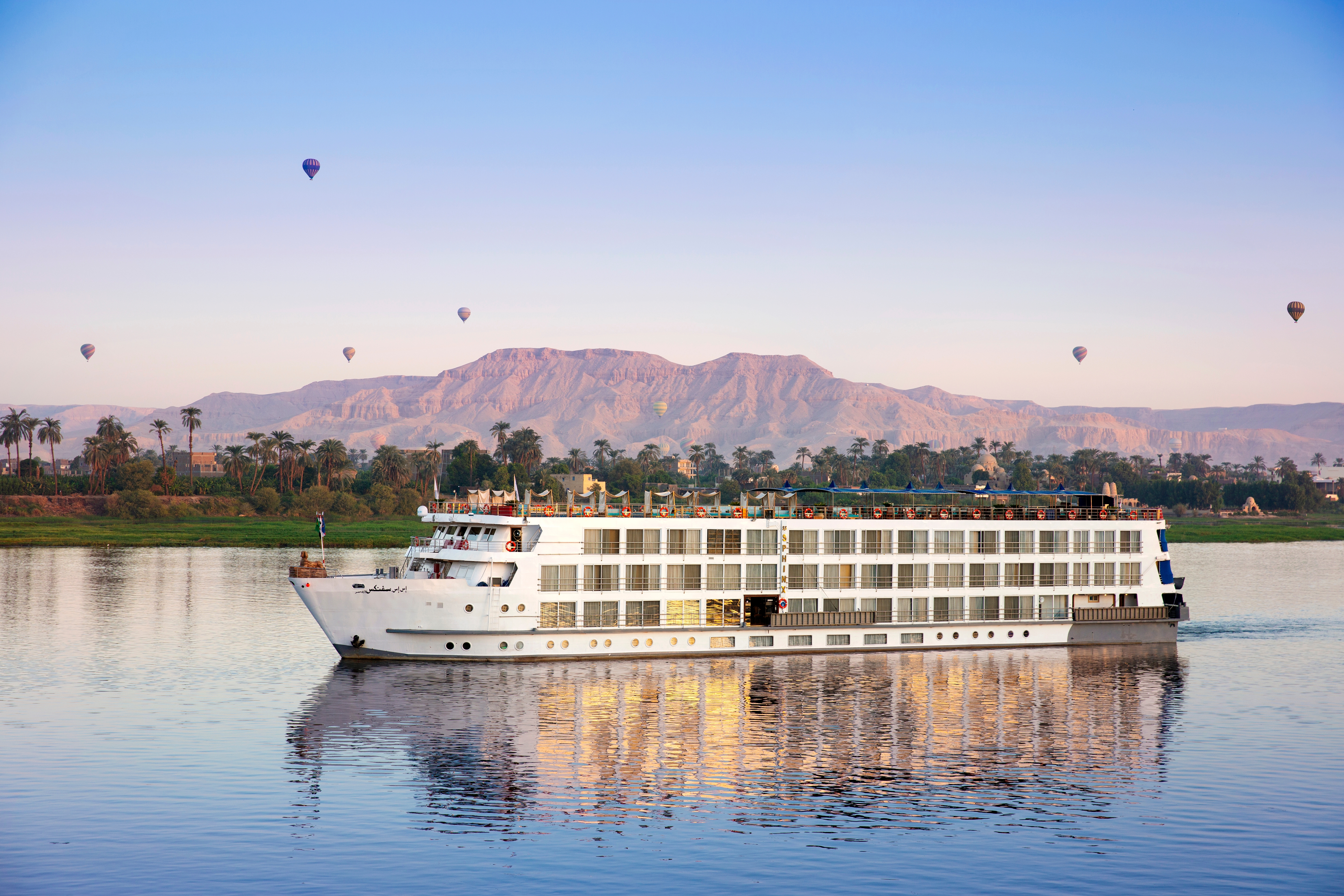



Comments
Comments will appear under your real name unless you enter a display name in your account area. Further information can be found in our terms of use.